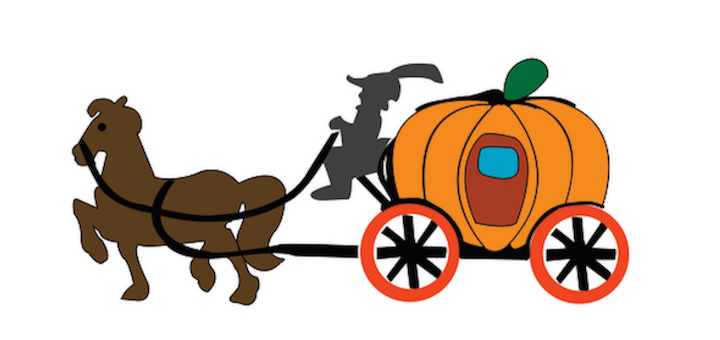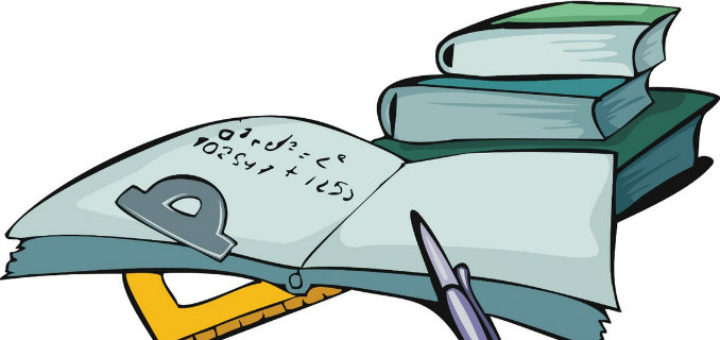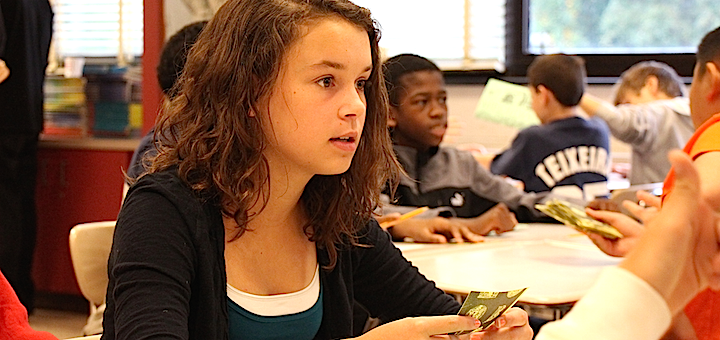Teaching and learning in grades 4-8
Helen Hume’s survival guide for grades 7-12 art teachers, coordinators, content teachers and homeschoolers proves to be a rich resource for lessons, project ideas, and art history touching on all the arts. Retired principal Mary Langer Thompson recommends it.
In the classroom, writes author and teaching expert Barbara Blackburn, students are influenced by three things they observe: the teacher as role model; the physical environment; and other role models teachers introduce. Good tips for new and preservice educators.
Always on the lookout for opportunities to enrich her 4th graders’ learning, Mary Tarashuk made a test run with the Global Read Aloud’s 2016 choice, “Pax,” and is ready with added resources for October/November’s worldwide immersion in Sara Pennypacker’s book.
From classroom to building to district, implementing parent teacher conference strategies collected from educators can strengthen communication and benefit students. Included: student led conferences, co-teaching approaches, challenges parents and guardians face.
Math teacher Michelle Russell has been exploring the idea that asking students to write more might help them better understand and retain math concepts. After reading contrasting expert opinions, she decided to ask her students, who’ve provided some very useful insights.
When students are busy learning, staying in a single group is stifling. The solution for teacher-author Amber Chandler is a “flexible classroom” where students rotate through strategic groupings to meet differentiated needs at various stages of the learning process.
Margaret Mary Policastro provides solid background on best practices for home literacy, says reading specialist Judy Harris. But Harris finds the book short on good advice for families that lack the resources and services more typical of upscale neighborhoods.
Russ Olwell’s book Mentoring is a Verb is a useful resource for educators involved in mentor/mentee roles, says Nicolette Lesniak, who mentors at-risk students. She finds the WOOP framework and other strategies recommended by Olwell easy to implement and adapt.
Screenwise by Devorah Heitner is a book for both educators and parents that adopts “a gloriously positive attitude” about adults’ ability to learn and model wise use of the digital tools that engage people of all ages today. Teacher-author Heather Wolpert-Gawron finds lots of wisdom and lots to use.
In his guide to writing memoir with adolescents, Jake Wizner shares what he has learned as a writer teaching writers: how to balance honesty and discretion in student writing and how to reach writers of all levels. Fellow 8th grade teacher Brian Kelley loves it.







































